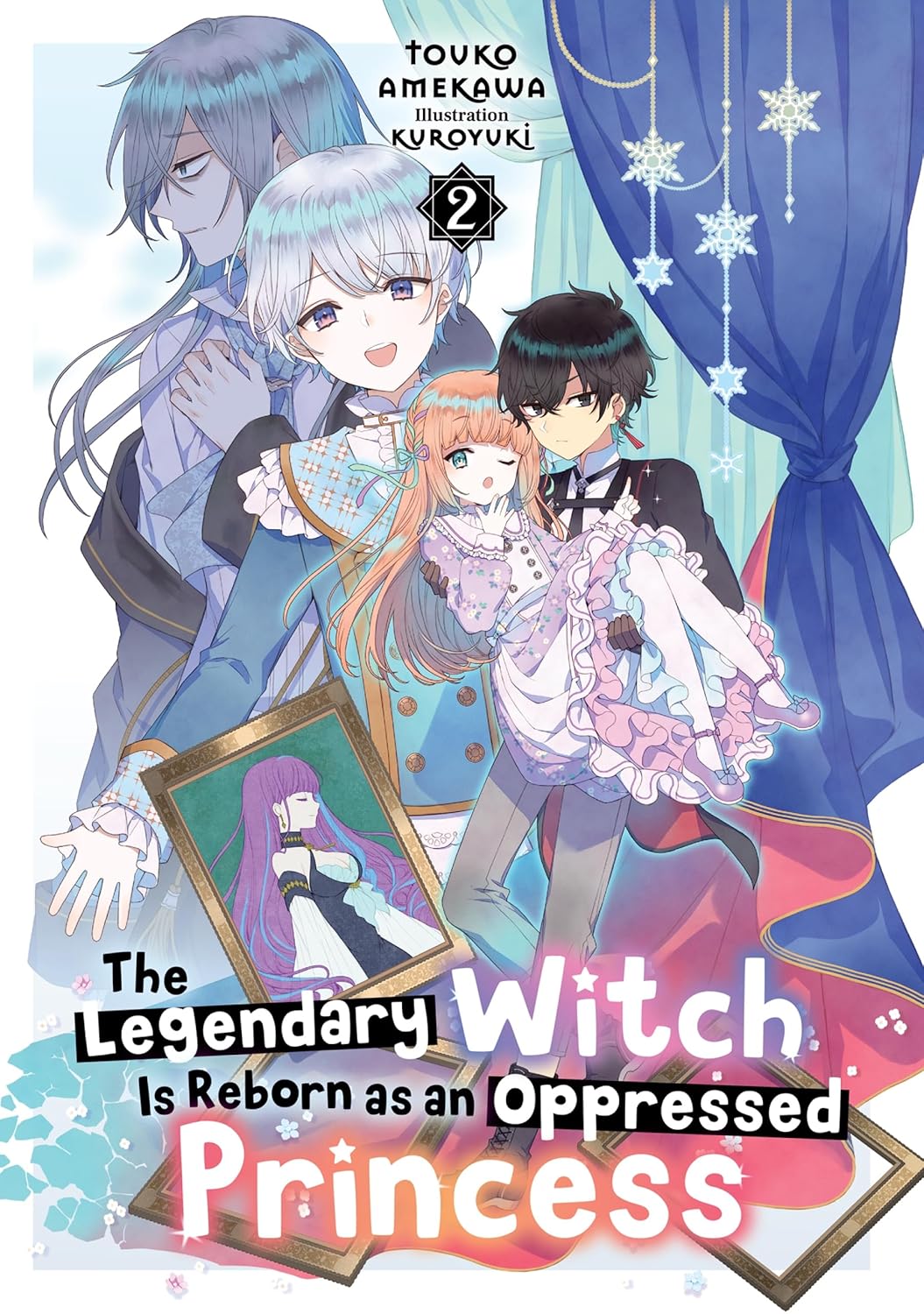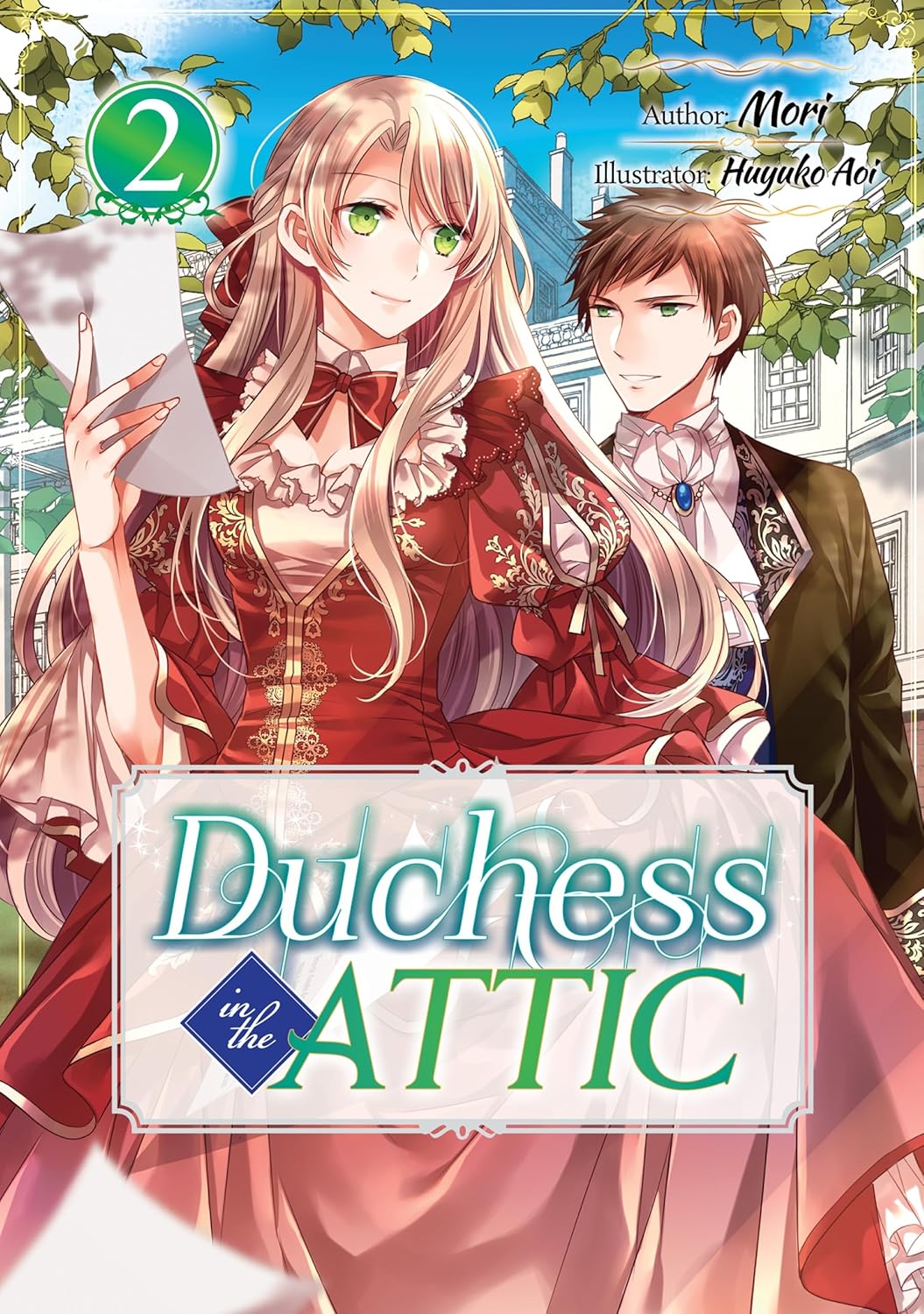By Touko Amekawa and Kuroyuki. Released in Japan as “Shiitagerareta Tsuihou Oujo wa, Tenseishita Densetsu no Majo deshita: Mukae ni Koraretemo Komarumasu. Juuboku to no Ohirune wo Jamashinaide Kudasai” by Overlap Novels f. Released in North America by J-Novel Heart. Translated by Kashi Kamitoma.
I have fantastic news. The main thing that stopped me really enjoying this series is now gone. Claudia is now eight rather than six, and while she still tends to act like a small cute child when it serves her purpose, she no longer talks like Elmer Fudd. As such, the book is much easier to read and we can concentrate on the mystery aspect of it. Because, despite the reincarnated aspect of it, this is essentially a mystery. Claudia accepts a marriage negotiation, but has no intention of really following through – the main goal is to try to solve the other kingdom’s tragic secret. Honestly, if there’s any romance here it’s between Claudia and her servant/best friend/etc. Noah, who is obsessed with her but in a cute way, because he’s 11 and she’s 19 + 8 counting the past life. OK, year, the reincarnation shenanigans means there are still issues here. Japan loves its age gap.
As noted, the nearby country of Klingate is looking for someone to marry their 11-year-old crown prince Lewis, and Claudia fits the bill. Of course, neither she nor her father are really expecting this to be a normal marriage meeting. You see, Klingate has a problem that has been growing over the years. Princesses in the royal family keep falling into comas and not waking up. Each year a new princess, and now eight of them are sleeping without waking. The kingdom, needless to say, is trying to hide this as much as possible. But Lewis himself seems a charming young man… if perhaps falling madly in love with adorable Claudia a little too quickly. That said, there’s an older brother, Stuart. He’s no longer in line for the throne, possibly as for the last eight years he’s barely left his room. And he seems obsessed with painting the sleeping princesses.
Not to spoil too much, but a lot of the climax of this book once again asks us to remember back 500 years ago to Claudia’s past life as Adelheid. She ended up sacrificing her own life in order to make sure that those who served her did not do the same, but that doesn’t necessarily mean that they were all grateful and happy about her doing this. It also compares nicely to Noah, who is clearly meant as a mirror here. He’s told point blank that if Claudia were to die, he’d want to destroy the world, right? But Noah, who still has a living Claudia next to him to help, is able to say that yes, he’d want to, but he wouldn’t, as it would make Claudia sad. Instead he’d just wander off into the forest to die alone. So yes, it’s a codependent relationship, just like the ones she had centuries ago. But it’s OK, this is the “romantic” kind of codependent.
Despite its flaws, this is a stronger book than the first one, and I’ll happily read the next volume.


